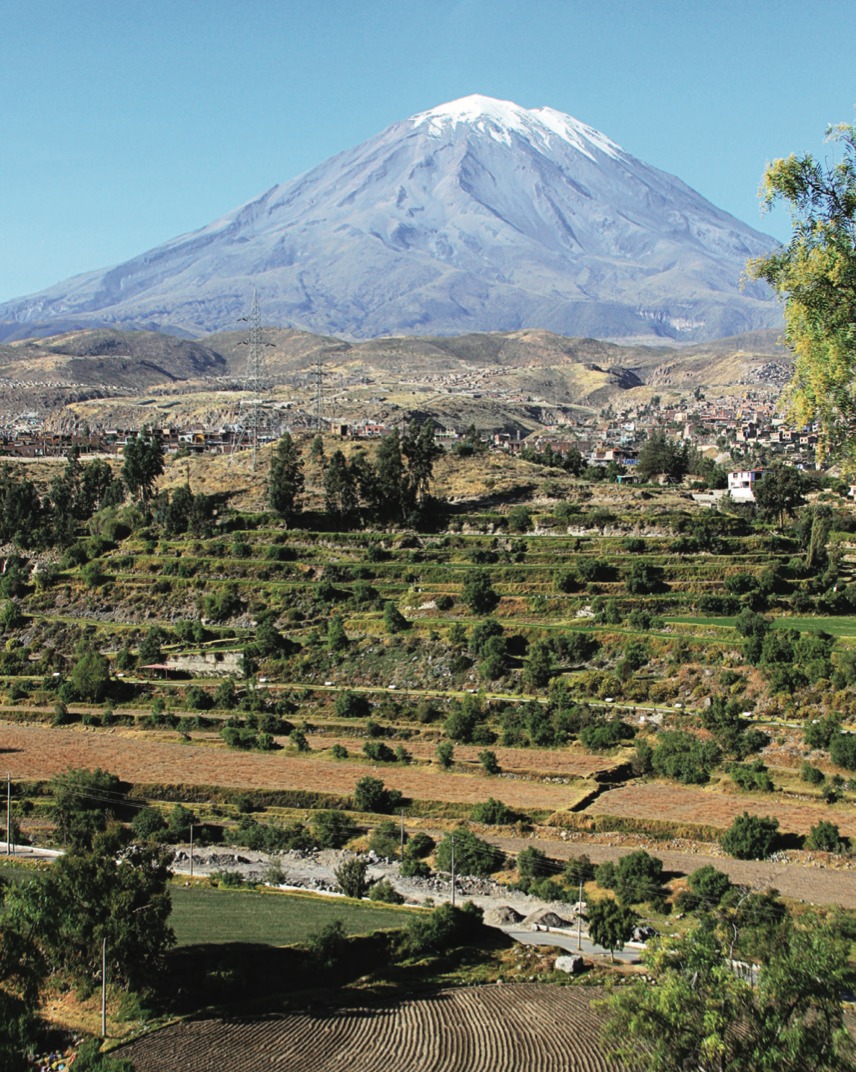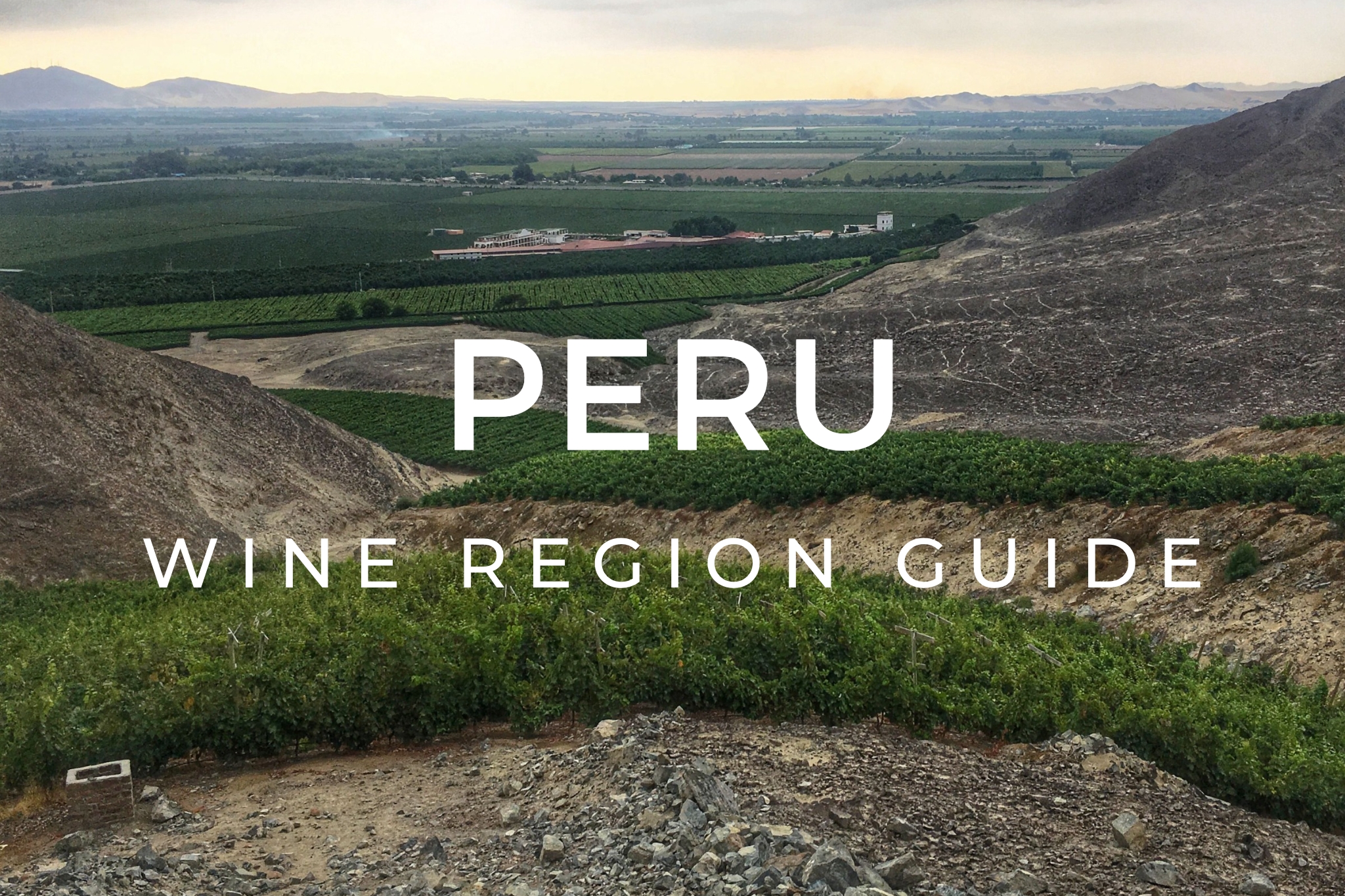The wine regions of Peru are some of the most extreme and memorable in South America. Check out our ultimate Peru wine guide and get to know everything about the terroir of this historic wine nation and the modern wines of Peru.
Guide to wine regions & wines of Peru
Facts on Peruvian wine
Lima wine region
Ica wine region
Arequipa wine region
Moquegua wine region
Tacna & Sierras del Peru wine region
Map of Peru
Ultimate guide to wine regions & wines of Peru

Most of Peru’s vineyards hug the coast running south from Lima, where the lower-altitude, coastal regions of Lima, Ica, Arequipa, Moquegua and Tacna provide have provided the ideal climate for Pisco production over the past four centuries.
Traditional Pisco and Criolla varieties dominate, with Quebranta, Mollar, Albilla, Negra Criolla and Moscatel as the top varieties planted throughout Peru’s wine regions. These varieties are largely made into Pisco, but there is also an exciting and growing tendency towards making artisanal, dry wines from Criolla varieties.
In Ica, Peru’s most important and concentrated wine region, you’ll also find Peru’s most diverse range of international grape varieties.
Fast Facts on Peruvian wine
- Hectares planted: 29,000*
- Producers: 10,000* growers
- Usage of grapes: table grapes 65%; Pisco 27%; wine <7%
- Wine regions: Ica (7,600 ha); Lima (2,950 ha); Arequipa (1,300 ha); Moquegua (870 ha); Tacna (810 ha); Sierra del Perú (<100 ha)
- Most-planted varieties: Quebranta, Italia, Albilla, Negra Criolla, Mollar, Moscatel, Torontel, Uvina, Isabella
*Statistics include table grapes and grapes for Pisco production.
The wine regions of Peru
Lima
Although there are vines planted throughout the region of Lima, over 80% of Lima’s grape production is concentrated in Cañete — and in particular around Lunahuaná — which is the southernmost sub-region by the coast, just above Ica. The vast majority of wine grapes in Lima end up being used for Pisco production, although there is a small amount of wine production too. It is more typically Borgoña wine though, from the hybrid varieties of Isabella and Niagara respectively, although there is growing interest in making fine wines.
Ica
Even though Ica is the heartland of Peruvian wine production, it is one of those off-the-beaten-track wine destinations. Tacama claims to be the oldest active vineyard in the New World, set up in the 1540s by Francisco de Carabantes. It is also one of Peru’s most visited wineries, along with nearby Intipalka. There are also a host of smaller wineries in Ica too, and a growing scene of natural wine producers here including Bodega Murga and Mimo.
Read more about Ica in our ultimate guide to wine in Ica
